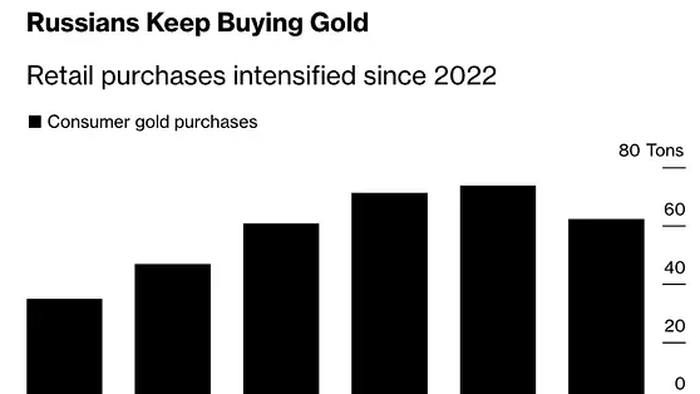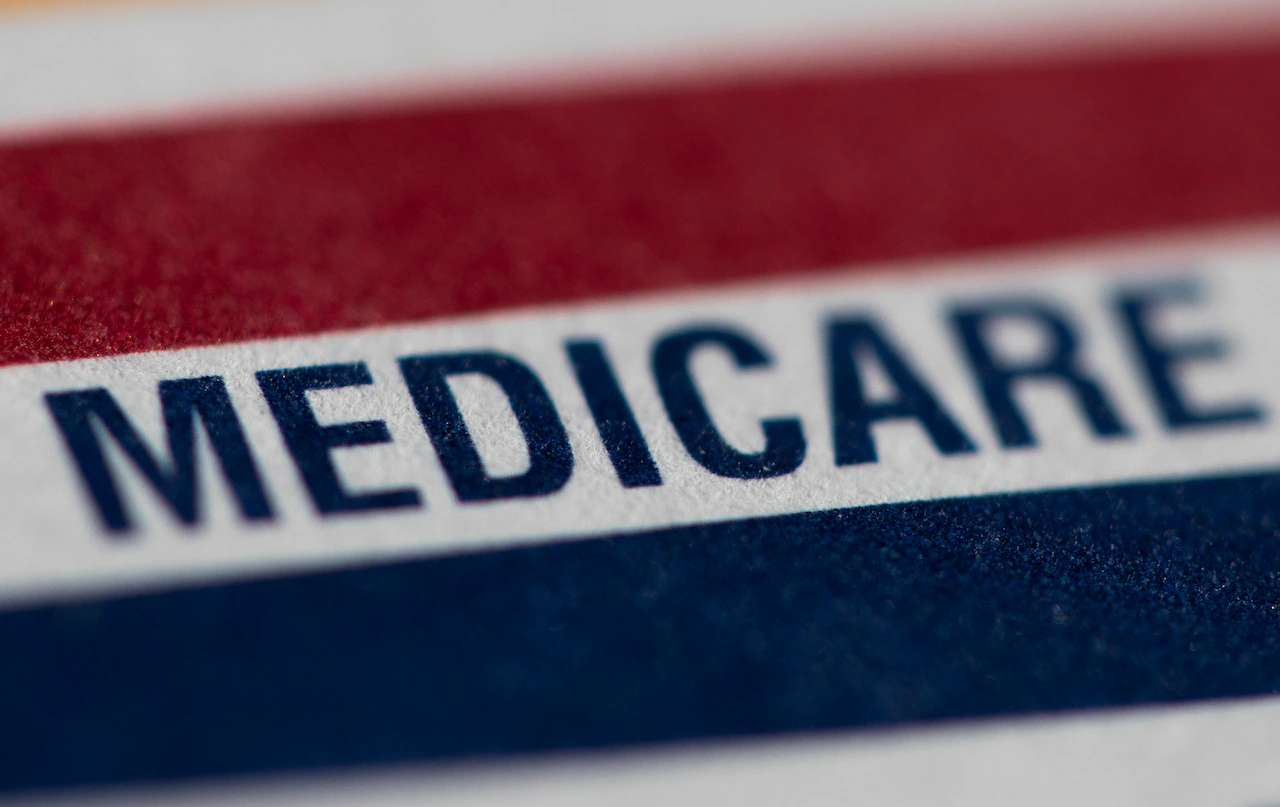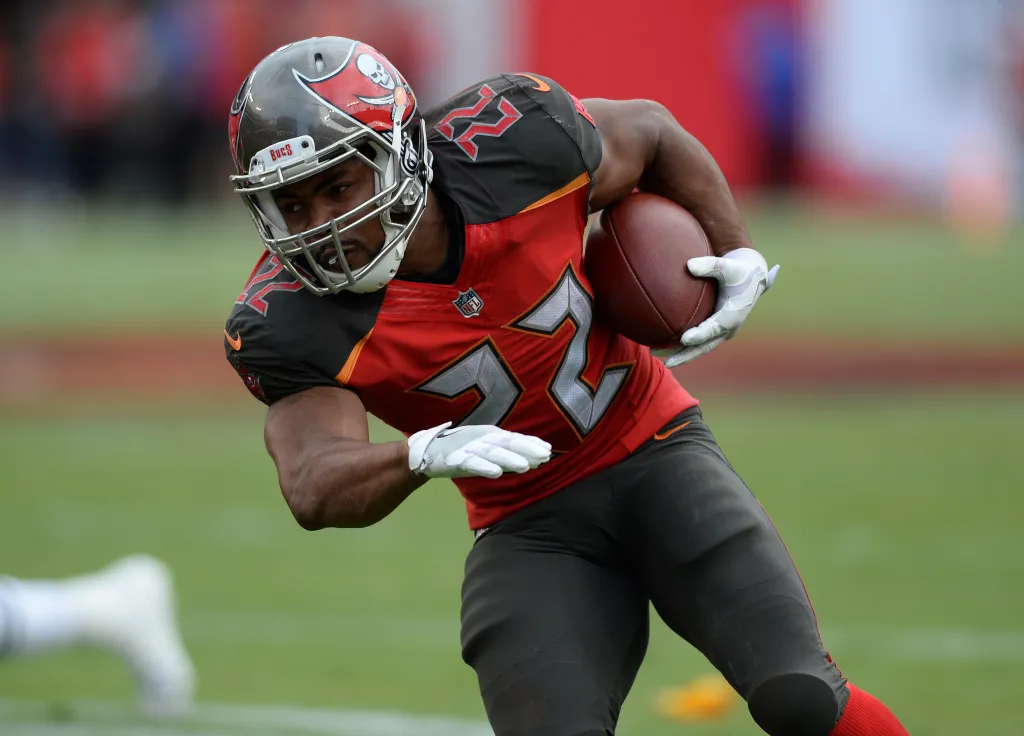Copyright CNBC

Linde 's earnings beat Friday couldn't overcome a cash flow miss and softer guidance. Shares of the industrial gas giant are down 2%. Revenue for the third quarter ended Sept. 30 increased roughly 3% versus the year-ago period, coming in at $8.62 billion, edging out the $8.61 billion consensus estimate compiled by LSEG. Adjusted earnings per share rose nearly 7% year over year to $4.21, exceeding the $4.18 expected, according to LSEG. Linde Why we own it: The industrial gas supplier and engineering firm has a stellar track record of consistent earnings growth. Its exposure to a wide range of industries, such as health care and electronics, and geographies — paired with excellent executive leadership and disciplined capital management — has been a recipe for steady success that should continue. Competitors: Air Liquid e and Air Products Most recent buy : Dec. 18, 2024 Initiated : Feb. 18, 2021 Bottom line Cash flow and guidance misses are pressuring shares. Linde's third-quarter operating cash flow was $2.948 billion, representing an 8% increase over the previous year's performance. However, it was short of the Wall Street consensus of $2.96 billion. Likewise, the company's fourth-quarter projection for adjusted EPS was cautious, with management expecting $4.10 to $4.20, versus analysts' estimates of $4.23. The full-year guide was also conservative, which aligns with management's typical strategy. We are less concerned. We value Linde for its stability. As a supplier of industrial gases to many key economic industries — including health care, food and beverage, electronics, manufacturing, chemicals and energy, and metals and mining — along with only having a few competitors, Linde has the kind of pricing power that allows it to grow earnings year after year, no matter the backdrop. During the earnings call with investors, CFO Matthew White stated that the company remains cautious in its outlook and admits to finding it "difficult to identify near-term catalysts which could materially improve industrial activity for the remainder of 2025." However, he added, this "does not negate [Linde's] ability to generate shareholder value." White pointed out that during the challenging global economic backdrop of the past two years, Linde grew operating cash and EPS by mid to high single digits while contractually securing a record-high, high-quality project backlog. "Looking ahead, if conditions worsen, we're prepared to take appropriate mitigating actions," White said. "And when things recover, we're well positioned to capitalize." Linde's sale of gas backlog ended the quarter at $7.1 billion, maintaining record levels, while its sale of plant backlog (tied to the engineering segment) closed out the quarter at $2.9 billion, resulting in a total backlog of $10 billion. The backlog is an important indicator of future financial performance. "The backlog that we have under execution, obviously, is a strong input into continued EPS growth that we are likely to see into next year and beyond," CEO Sanjiv Lamba said. "So expect that for sure." Given Linde's ability to consistently grow earnings even under difficult macroeconomic conditions thanks to its contractual business model, we reiterate our $500 price target. We are also maintaining our 2 rating despite shares being down this year. We don't have a near-term catalyst that would warrant adding shares at this time. LIN 1Y mountain Linde 1-Year return Commentary From an industry end markets perspective, Linde recognized year-over-year sales across the board. On the consumer front, which tends to be more resilient, Linde achieved a 1% year-over-year increase in health-care sales, a 3% rise in food and beverage sales, and a 6% advance in electronics sales. Looking at the more cyclical, industrial-oriented end markets, sales into the manufacturing sector increased 3% year over year, while sales into both the chemicals and energy, as well as the metals and mining end markets, were all up 1% compared to the year-ago period. On a sequential basis, all consumer-related end markets were higher, whereas on the industrial front, a sequential increase in manufacturing and a decline in chemicals and energy. Metals and mining sales were flat sequentially. Sales for Linde's Americas segment rose 6% year over year to $3.85 billion, driven by a 3% increase in price/mix and a 1% gain in volume. Management highlighted volume growth in the electronics , metals & mining, and manufacturing end markets. Asia Pacific (APAC) sales increased 1% year over year, as a 1% headwind from price/mix and 1% negative currency impact were more than offset by a 3% benefit from M & A activity. Increased volumes in the electronics and chemicals & energy end markets were offset by lower industrial activity in the South Pacific. Europe, Middle East & Africa (EMEA) sales increased 3% as currency and price/mix tailwinds were partially offset by a 1% headwind from cost pass-through dynamics and lower volumes driven by softness in the metals & mining , manufacturing , and chemicals & energy end markets. Sales for engineering , which Linde reports as an operating segment alongside the regional results, fell 15% year over year. However, thanks to strong margin performance, operating profit declined by only 6% compared to the year-ago period. Guidance Linde tightened its full-year outlook around the previously provided midpoint. However, it guided fourth-quarter earnings to a level below what the Street's projection. For its fiscal 2025 fourth quarter, Linde expects adjusted EPS to be between $4.10 and $4.20, representing a 3% to 6% increase (1% to 4% excluding currency fluctuations) over the prior year period. However, this is below the $4.24 LSEG consensus estimate. Full-year 2025 adjusted earnings guidance is now $16.35 to $16.45 per share, a tightening around the midpoint versus the prior range of $16.30 to $16.50 per share. This represents annual growth of 5% to 6% and compares to a consensus estimate of $16.45, according to LSEG. Linde reiterated that full-year capital expenditures are expected to be between $5 billion and $5.5 billion, supporting both growth and maintenance. At the midpoint, the capital expenditure assumptions exceeded the $5.08 billion expected. (Jim Cramer's Charitable Trust is long LIN. See here for a full list of the stocks.) As a subscriber to the CNBC Investing Club with Jim Cramer, you will receive a trade alert before Jim makes a trade. Jim waits 45 minutes after sending a trade alert before buying or selling a stock in his charitable trust's portfolio. If Jim has talked about a stock on CNBC TV, he waits 72 hours after issuing the trade alert before executing the trade. THE ABOVE INVESTING CLUB INFORMATION IS SUBJECT TO OUR TERMS AND CONDITIONS AND PRIVACY POLICY , TOGETHER WITH OUR DISCLAIMER . NO FIDUCIARY OBLIGATION OR DUTY EXISTS, OR IS CREATED, BY VIRTUE OF YOUR RECEIPT OF ANY INFORMATION PROVIDED IN CONNECTION WITH THE INVESTING CLUB. NO SPECIFIC OUTCOME OR PROFIT IS GUARANTEED.



